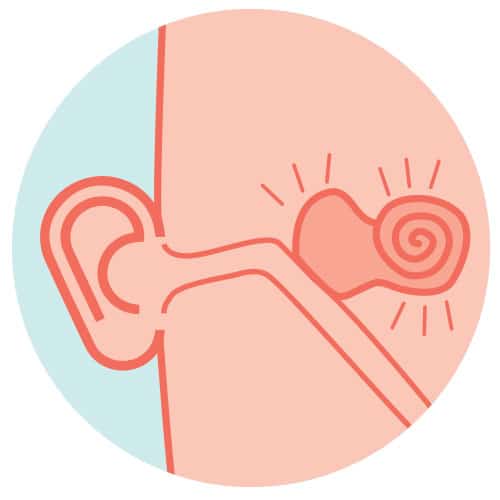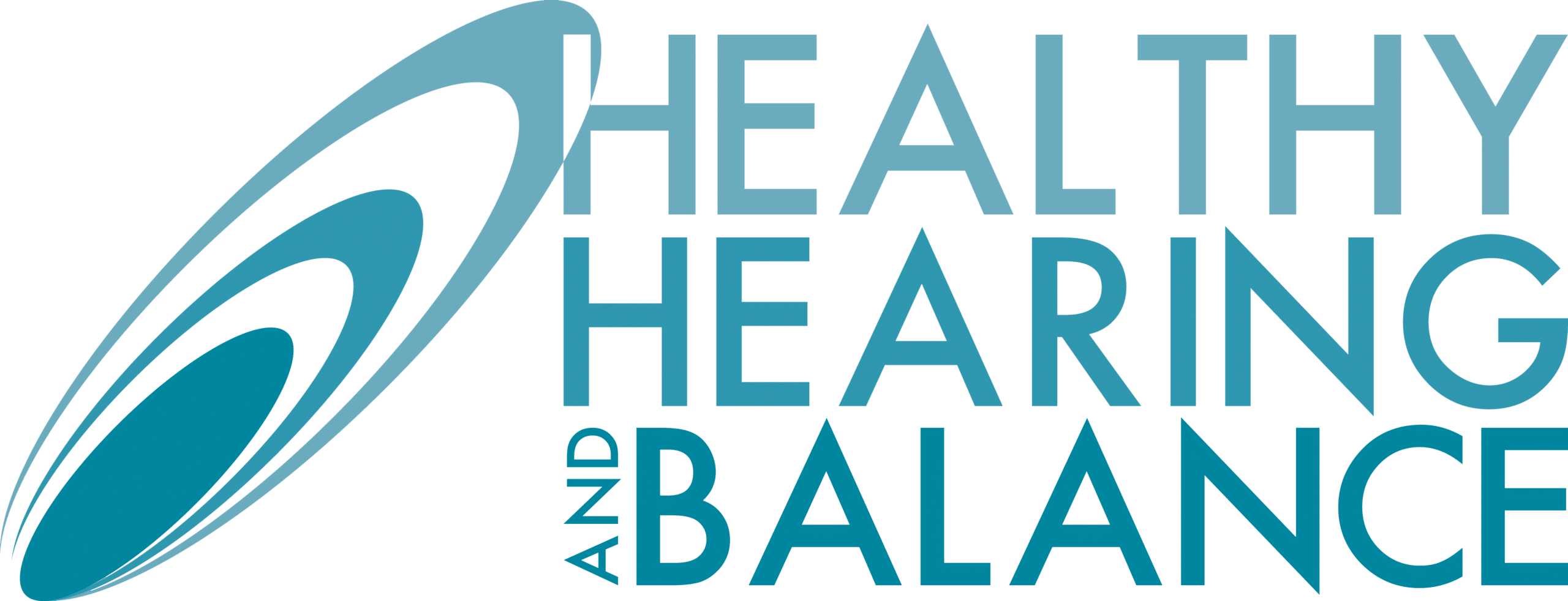The Link Between Diabetes and Hearing Loss

The Link Between Diabetes and Hearing Loss
By Allison Tsai
May 2018

Haleigh Eason/Mittera
You go to routine doctor visits for all kinds of preventive care: eye exams, A1C tests, blood pressure
checks, and more. But when was the last time you had a hearing test? If you can’t remember, it’s likely
been too long. “Anyone with diabetes should have their hearing monitored annually,” says Jackie Clark,
PhD, president of the American Academy of Audiology and clinical professor at the School of Behavioral
and Brain Sciences at the University of Texas in Dallas.
6 Signs of Hearing Loss
You have trouble hearing when there is background noise, such as at a restaurant.
- Your balance is a bit off when you stand up.
- You can’t hear beeps or alarms.
- You have difficulty following conversations
- You can’t hear when a person’s back is turned.
- You regularly turn up the volume on your TV or cell phone.
The Stats
People with type 2 diabetes are twice as likely to have hearing loss as those without diabetes.
People with prediabetes have a 30 percent higher rate of hearing loss than those without the disease.
SOURCES: 2009 National Health and Nutrition Examination Survey; Annals of Internal Medicine, July 2008
The Theories
The effect of diabetes on the ear is a bit of a mystery. Here’s what scientists think might be happening.
Flying High. Chronic high blood glucose can damage blood vessels, disrupting blood flow. The cochlea, a
small organ responsible for our hearing, is dependent on good blood flow.
Roller Coaster Ride. Damage to the blood vessels in the ear may be a result of blood glucose swings—
from high highs to low lows.
Under Pressure. The cochlea may become inflamed, from chronic high blood glucose or rapid swings in
glucose, and the resulting swelling damages the tissue and blood vessels.
The Risks
Diabetes itself is a risk factor for hearing loss, but there are other factors at play. You may be at greater
risk if you are…
- 65 or older
- Regularly exposed to loud noises
- Genetically predisposed to hearing loss
- Male
- Non-hispanic white
- Experiencing other ear-related diseases or infections
- Living with heart disease
- Smoking
- Not hitting your blood glucose targets
- Taking medications (such as for chemotherapy) that can damage the inner
The Treatment
Unfortunately, once the inner ear becomes damaged, you can’t restore hearing. If you’ve noticed signs of
hearing loss, here are your next steps:
Discuss your hearing loss with your primary care provider. He or she may refer you to an otolaryngologist
(a doctor who specializes in diseases of the ear, nose, and throat), as well as an audiologist, who will
conduct a hearing test. Medicare may cover the test if your doctor ordered it to diagnose a medical
condition, but some plans don’t cover routine hearing tests. Private insurance plans often do, but check to
make sure.
Devices that can help you hear better include hearing aids and amplifiers for your phone. Cochlear
implants—small devices that are surgically implanted into the inner ear to create a sense of sound—are
another option and, in certain circumstances, are covered by Medicare. You may decide to work with an
audiologist, who can teach you strategies such as lip reading.
Type 1 Talk
Research on diabetes and hearing loss has, historically, focused on people with type 2. Because of that,
there is a lot less known about the effects of type 1 on hearing loss, says Catherine Cowie, PhD, senior
advisor for the diabetes epidemiology program at the National Institute of Diabetes and Digestive and
Kidney Diseases. But hearing checks are still a must.
Balancing Act
Your inner ear is responsible for more than just hearing. It also helps orient the brain to your center of
gravity. If the vestibular system (the part of the ear involved in balance) is also damaged, your ability to
balance and walk may be affected. That can increase falls.
Plugged In
Want to bask in the bliss of a live concert? You can, with some protection. Foam earplugs are one of the
best, and cheapest, ways to protect your hearing, says Clark, but most people aren’t using them correctly.
Get the best plug protection with this step-by-step guide:
1. Place the foam earplug lengthwise between your forefinger, middle finger, and thumb, and roll it
until the earplug is about one-quarter its original size.
2. Once it’s small enough, quickly stick the entire length of the earplug in your ear canal.
3. Hold the earplug in your ear and let it expand.
4. Push the outside edges back into the ear as the plug expands.
